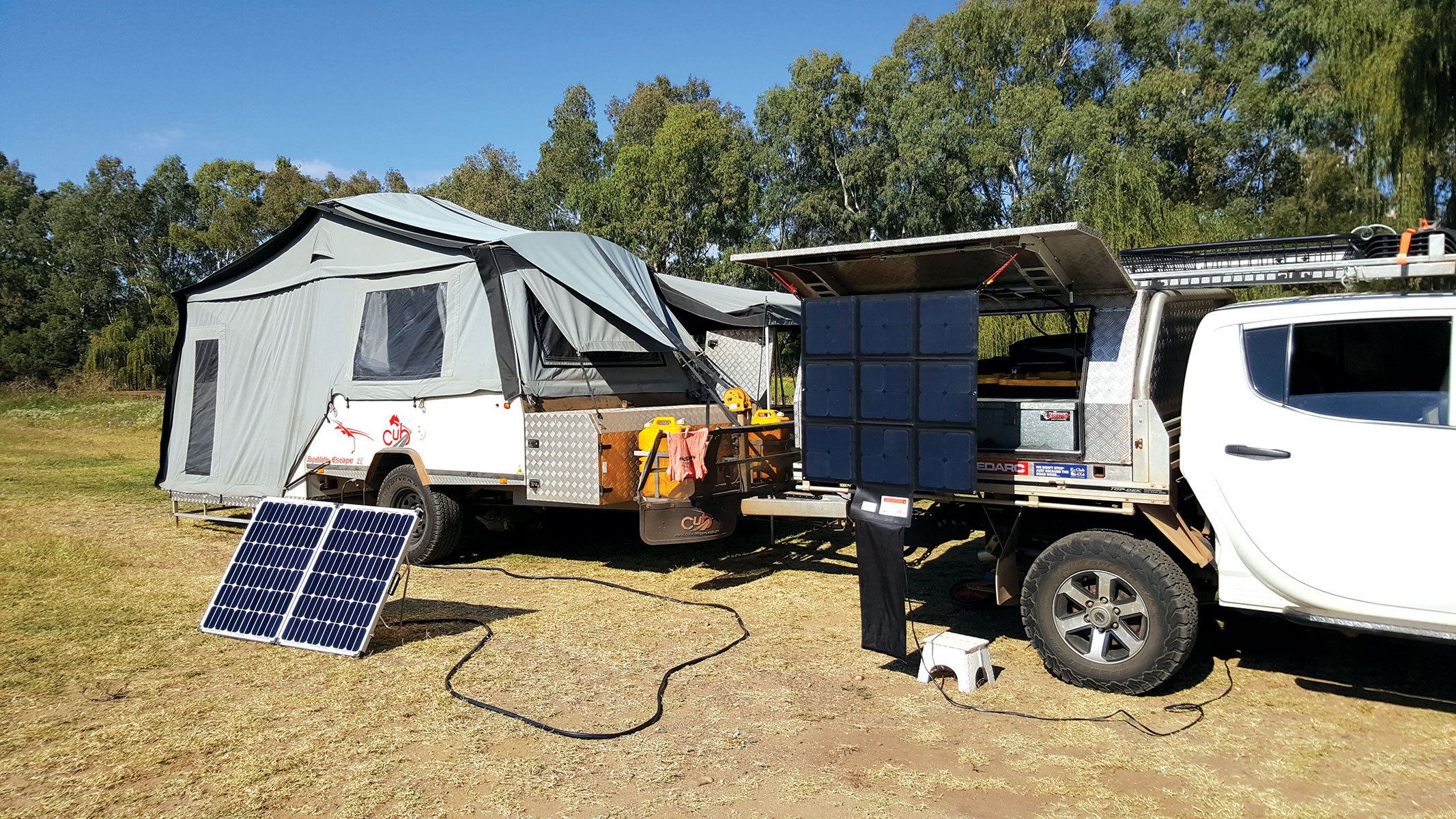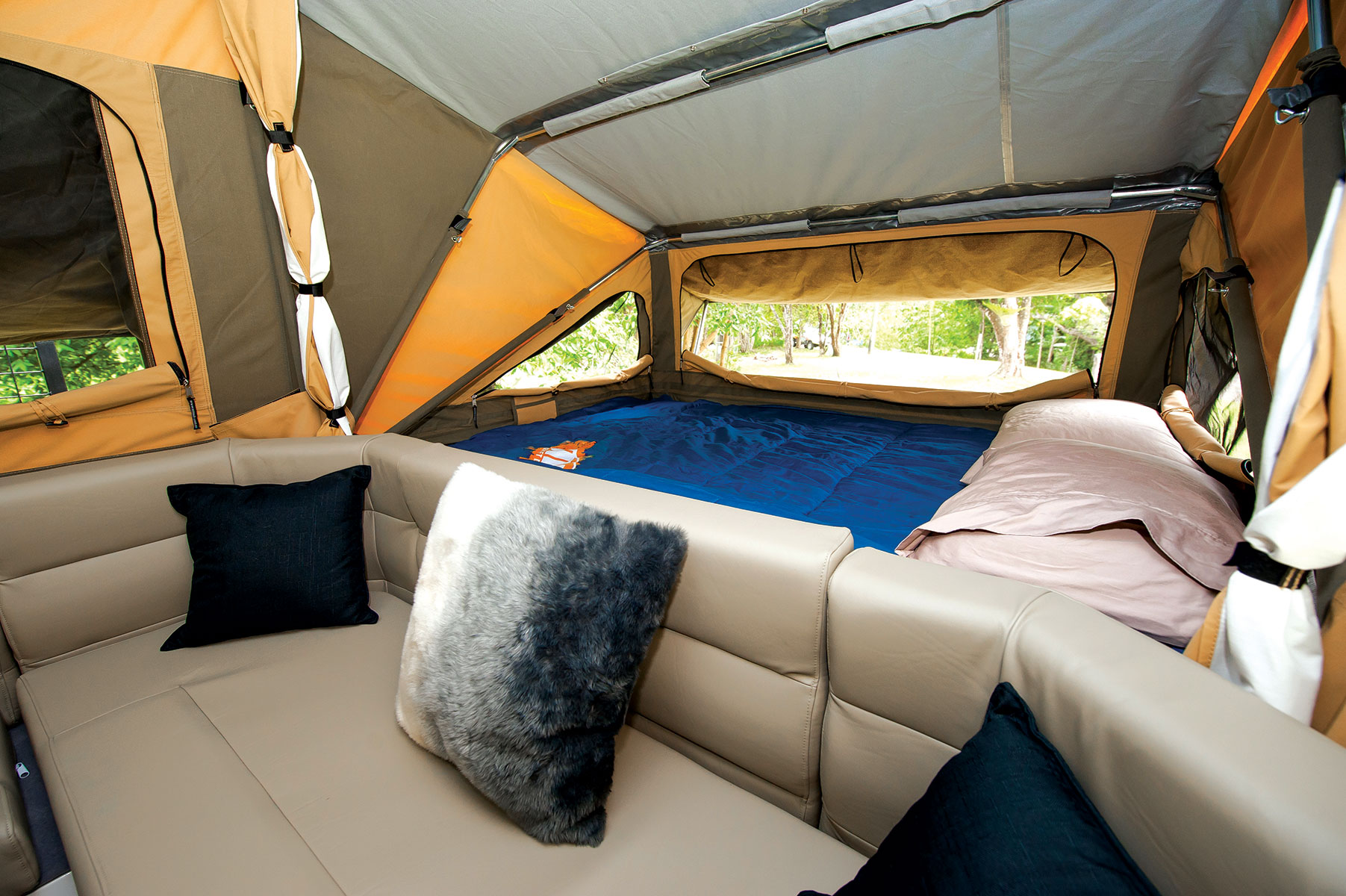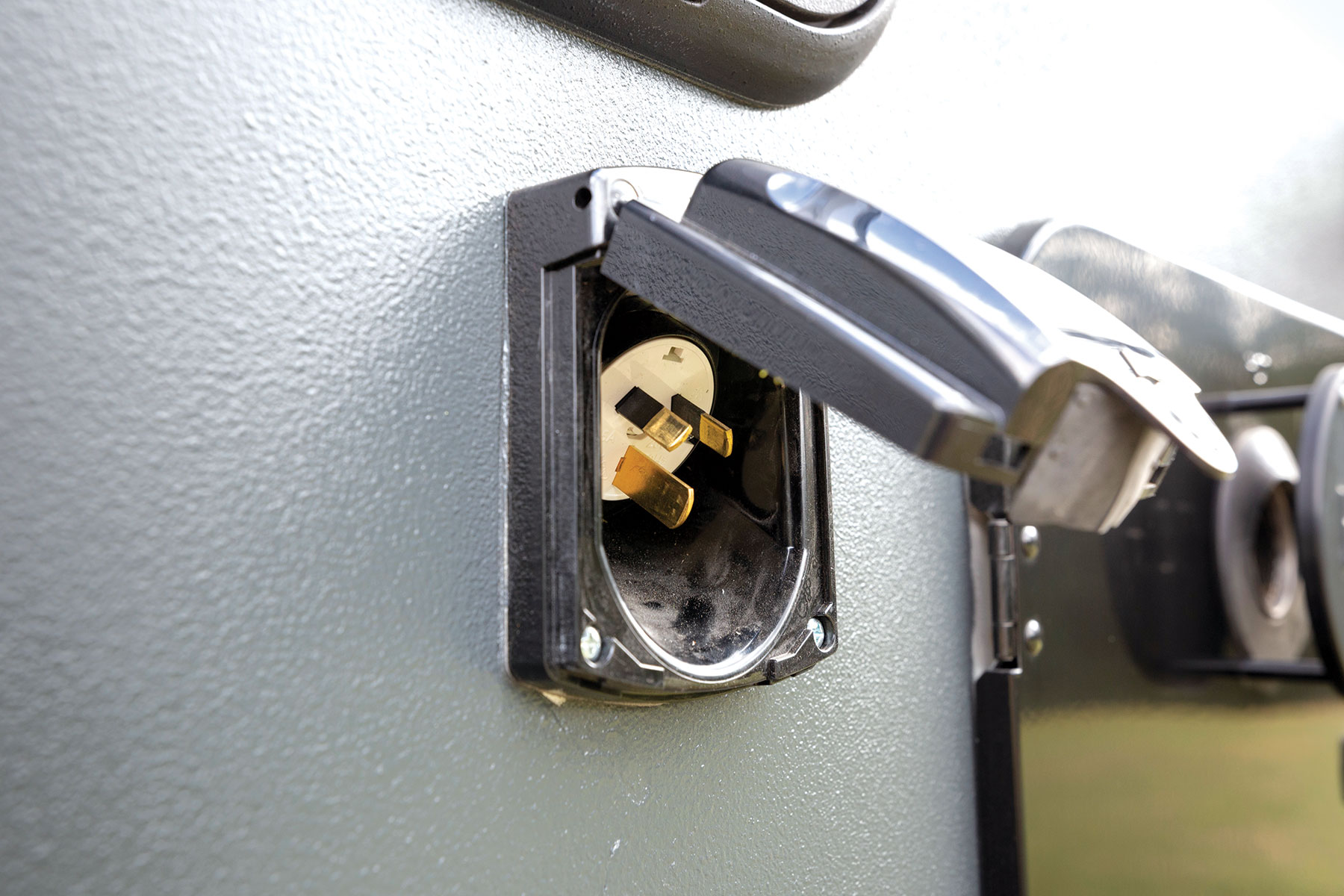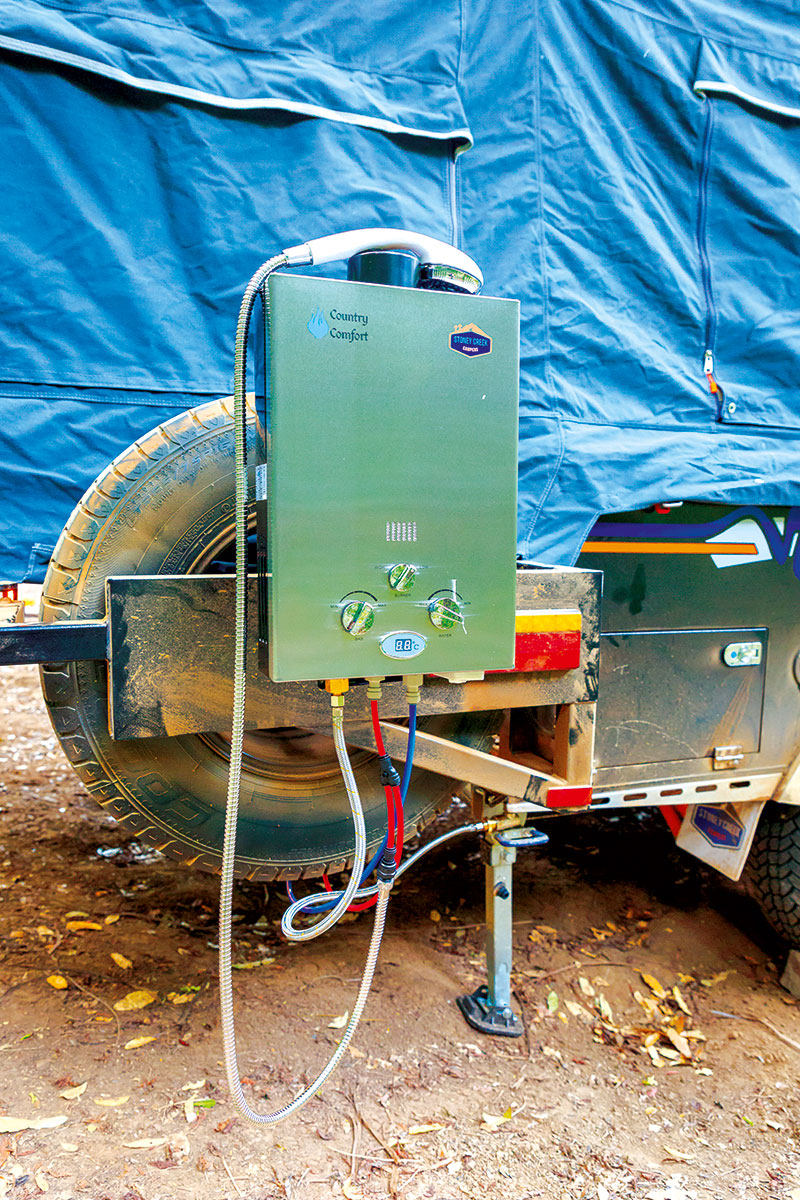Knowing how much power you will need to last the length of your trip is an essential part of camper trailer ownership, and to establish that you have to determine which of your daily rituals consume the most power.
There’s nothing quite like going out into the thick of nature, away from all the noise, light and disturbance the city brings. It’s here you can really enjoy quality time with your friends or family and just take a moment away from your busy life. Of course, everyone wants their camper trailer trips to be as relaxed and hassle-free as possible — from hitching up the rig to setting up at camp, we want everything to work just the way it should.
The best way to achieve this is to set up your power system properly from the start, so you can enjoy your holiday without the constant worry in the back of your head that you’ll run out of power. Electrical systems for camper trailers and caravans can be overwhelming. From hardware and wires screwed into a piece of MDF to computer-monitored engineering masterpieces, it’s not always easy to figure out what is going on.





To decide which type of system best suits your needs, you must first figure out how you and your camper will consume power while on the road. The length of time you plan to spend off the grid and the appliances you plan to power will dictate the setup you need.
High-draw and low-draw appliances
Once you’ve decided what kind camping you’ll most likely be doing, need to do a stocktake of the number and types of appliances you plan to run at camp. Most campers can support standard items including LED lights (inside and out), a flatscreen TV, a fridge, cooktop, maybe a microwave, shower, toilet, air-con and even a washing machine. Then there are also those other creature comfort appliances like coffee machines and hair styling tools. But having all these appliances running comes at a price and that is the amount of power they consume.
While LED lights and TVs are relatively low-draw (but still need to be accounted for), other appliances such as toasters, coffee machines, microwaves and hairdryers are extremely high-draw, consume a massive amount of electricity and shouldn’t ever be used on battery power alone. Generally, appliances with a heating element fit into the ‘high-draw’ category.

How is power consumption measured?
Once you recognise what type of camper you are – and what appliances and tech is a must or a luxury – you need to start looking at how much power, on average, you’ll consume in a day. It’s surprising just how many items consume power in a camper trailer, so you need to be aware of how much you’re using and how much capacity you have.
Once your system is set up, you can let your battery monitor do the work for you (more below), but to give you an idea of how big your setup needs to be, you’ll need a calculator.
To add up your total power consumption (amps) for an average day, you can divide the wattage of each item by 12 and then multiply that amount by the number of hours the device is going to be running, and then add them all up.

What does a battery monitor do?
A battery monitor can be likened to a fuel gauge in a car. It should tell you — at a glance — how much ‘fuel’ or battery power you have remaining. Like with many things, battery monitors have improved with technology, and fully integrated monitors can combine a 12V battery monitor (for multiple battery types), a water pump control, a battery isolation switch, a clock and a nightlight.
At a minimum, a battery monitor should display your battery’s volts and amps, plus charge and discharge status. However, measuring volts is only one indicator of battery power, much like measuring km per hour in a car. This will tell you how fast you’re going but not how long you’ll be able to maintain a particular speed or if you have enough fuel in the tank to reach somewhere.
Top-of-the-line monitors can track the energy put into the battery via the charger and the energy taken out during use, against the volts and amps available combined with time and temperature, giving you a complete picture of your battery’s capability through ‘State of Charge’ and ‘State of Health’ indicators. These readings will tell you the amount of battery capacity left as a percentage, just like on your phone, and also how much time is remaining at your current electrical load, allowing you to see — at a glance — whether you’ve got enough battery power left to keep the beer cold until the evening.
THE NEXT STEP
Are you ready to experience the freedom of the open road? Don't wait - Find your dream getaway now!




